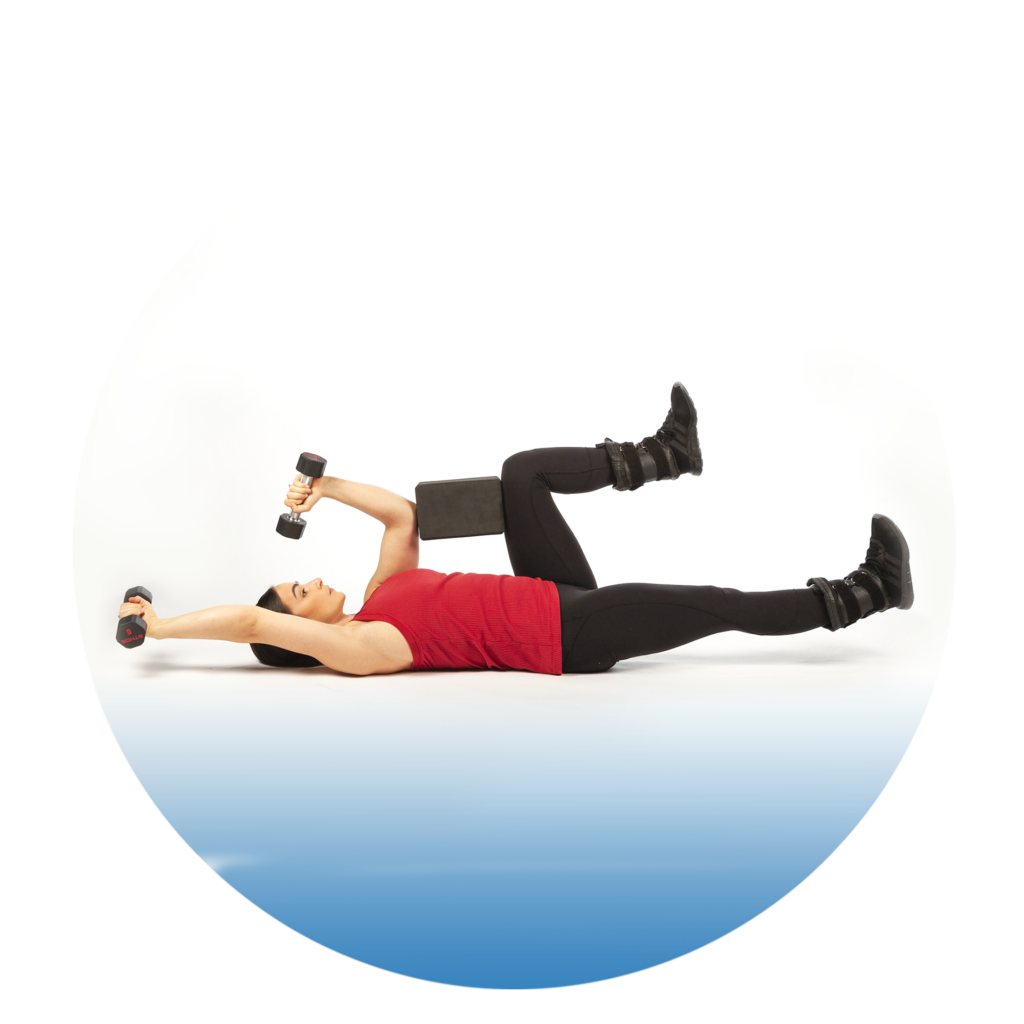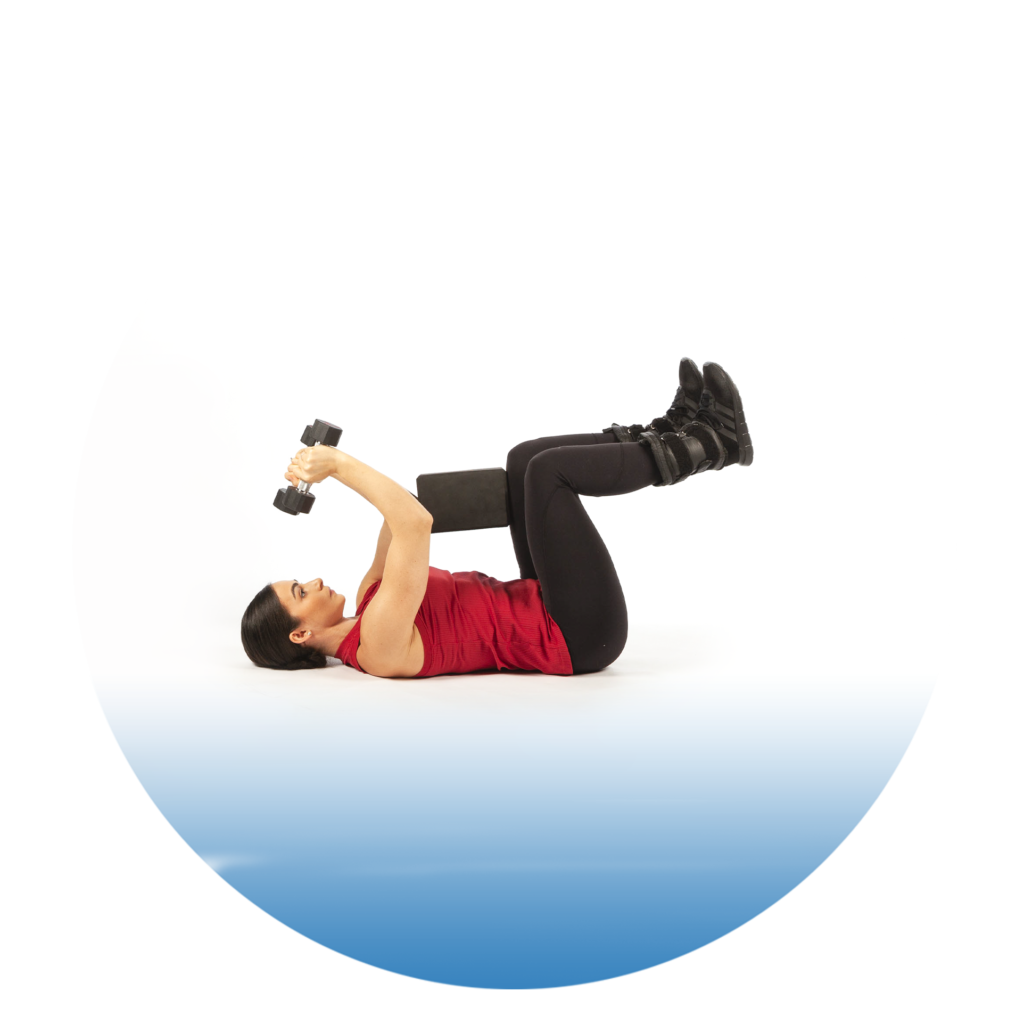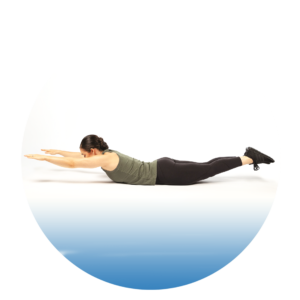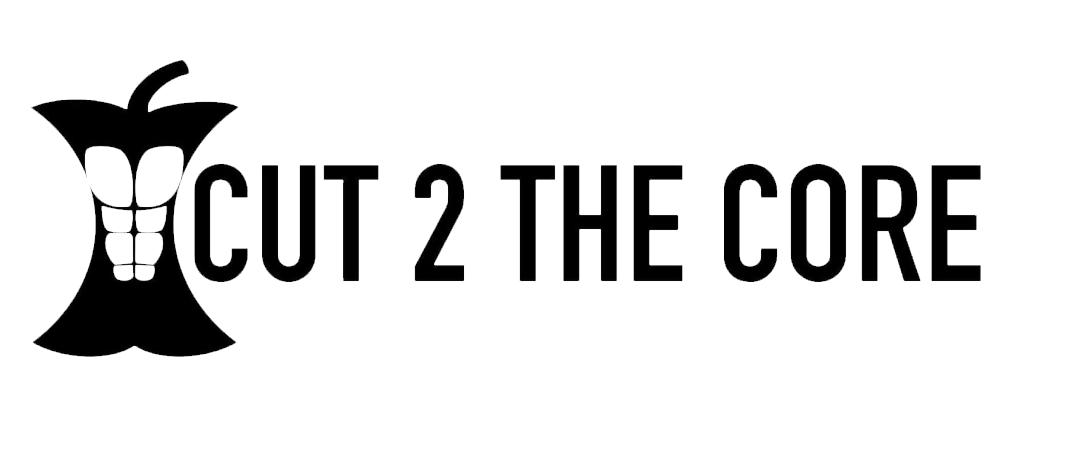

I couldn’t start this blog without officially introducing the neutral position of the spine. But before we go there, a brief history to this company of mine…

Several years ago, Guilhem and I started brainstorming ideas about long term and future work opportunities. We wanted to find a way to combine our experience and knowledge in working with our bodies. This being, two lifelong journeys worth of training, experimentation, precision, study, and well… mileage (12+ years each of being professional athletes), where we have both fine-tuned our approach to health and fitness.
Knowing our bodies inside and out has allowed us to be adaptable. That is, staying on top of our health and fitness as we age, travel, change careers, recover from injury, birth a child, you name it. And so, with Cut 2 the Core Fitness LLC, our company’s mission is to encourage this self awareness. If you know your body’s wants, needs and demands, you too can adapt to the ever changing you!

To ‘cut to the core’ of something means to:
Get to the point, center or heart.
‘Cut’ is intended as being both: direct, and references the sculpting of musculature.
‘2’ (instead of ‘to’) to wink at the two founders, Guilhem and myself. And
‘Core’ doubling as: the center of topic and the core musculature (our specialty is core strength and rehab).
 And now, back to it… the neutral position of your spine. Why is it important to know this placement— or maybe, more importantly, feel this placement?
And now, back to it… the neutral position of your spine. Why is it important to know this placement— or maybe, more importantly, feel this placement?
By creating awareness of your lumbo-pelvic hip complex (CORE) before pregnancy, you will have a baseline reference for your postpartum recovery! So let’s nerd out, ever so slightly, to first identify the muscles related to the neutral position of your spine. Then we can start the process of feeling these supportive muscles.
Follow Along Neutral Position Guide
But… why is this important to know??
While pre and postnatal, you will put yourself in the WEIRDEST positions. I mean it. My life’s work revolves around body awareness, and even still— (involuntarily) your body displaces it’s organs to accommodate your ever growing uterus— which puts odd/ new strains on your back and expanding pelvis/ hips.
(It felt like my sacrum needed a strong and proper pop for a solid 6 months!)
And after delivering Oliver.. I was contorting myself in all strange ways to keep him sleeping, figure out breastfeeding, avoid sitting “square” on my naturally delivered birth stitches etc!
I have a little secret…
 When we hear someone recommend ‘proper’ or ‘good’ posture, if you’re anything like me, you’ll think “so I must sit, stand, walk and sleep erect/ constipated-looking to avoid all body pain?”
When we hear someone recommend ‘proper’ or ‘good’ posture, if you’re anything like me, you’ll think “so I must sit, stand, walk and sleep erect/ constipated-looking to avoid all body pain?”
My little secret is.. no you do not! ‘Good’ or ‘bad’ posture doesn’t have to be permanent state of being, posture becomes good/bad due to it’s timeline…
You can get into trouble if you slump into ‘bad’ posture for an elongated amount of time.
Think about the time you were cooking and sunk into one hip while talking on the phone that was held into place by your ear and hiked up shoulder. By the time dinner was prepared, or the phone call ended, you felt pretty cemented into that zig zag of a posture. Putting yourself into this one awkward position, (which was necessary for the ultimate multitask!) made the muscles surrounding that position start to shift to support it. And in this process, stretching some muscles while shortening or tightening others.
Ouch! (Wait until you add baby on that hip while cooking and calling.. eeeeahhhh!)
Even though multitasking is a huge part of life, we can spare ourselves the following 3 days of lower back pain, if we pepper in a touch of self awareness.
 By all means these zig zags, folds, and slumps happen… to make life happen— but if we shift in and out of it more consciously— no harm- no foul.
By all means these zig zags, folds, and slumps happen… to make life happen— but if we shift in and out of it more consciously— no harm- no foul.
Let’s think of your spine’s neutral position as a very solid foundation of your home. Foundations are important, right? But that doesn’t mean you have to sit there and watch your foundation… at all times, for it to do it’s job.
It is a support that allows you to move, in and out of your home.
You know what your foundation is, you know where it is, you trust that it’s holding up your home, and if it needs some maintenance, you know exactly how to rectify it.
Woooo so.. let’s know our bodies, yes?
By learning and feeling the appropriate ranges of motion of your spine, with the support of the surrounding core musculature, you can navigate these weird positions without causing harm.
And the occasions that you do feel stiff/ stuck, your knowledge and practice will give you the confidence that you probably didn’t do something too serious— you now know how to reinforce the good stuff 😉
Whether you are actively training your body, going about your everyday life, or figuring out life with bebe, having some sense of core awareness will help you support your optimum posture. And when you do add baby to the mix, having this habitual and naturally occurring ‘good’ posture, things like lifting, carrying, breastfeeding, rocking, bending, cooking, cleaning WITH baby will help promote the recovery of your core muscles while preventing back pain.
 Have you laid down on your yoga mat yet? In case you have not…
Have you laid down on your yoga mat yet? In case you have not…
On top of awareness and personal baselines.. Ab strength training before and during pregnancy will not only help with your recovery process but will also come in handy come “you’re 10 cm dilated.. it’s time to PUSHHH”.
During your pregnancy, while belly and baby are growing, those abdominals stretch, weaken and sometimes (more often than not), separate. Hello diastasis recti! It’s like you have over-packed your suitcase, and the zipper (between your rectus abdominis (6 pack)) has completely unraveled.
Don’t panic.
When you google diastasis recti recovery, you will get a load of surgery options. While this will indeed ‘repair your zipper’, it is invasive and introduces yet another- recovery period.
Give it a break mama.
For me, knowing that my zipper would never re-zip without surgery, I wanted to see if I could at least regain control of my 6 pack without it. In doing so, I was able to close the gaping 3 finger-width gap between the rectus abdominis bands, and I have the control and awareness to keep them there. Safely. And the knowledge I had on the neutral position of the spine made it all possible. (Much more on diastasis recti to come in future postpartum posts!)
Protocol Cut 2 the Core, is a GREAT place to start. For pre-prenatal strength/ awareness and postpartum recovery, this protocol has got your back… quite literally.



